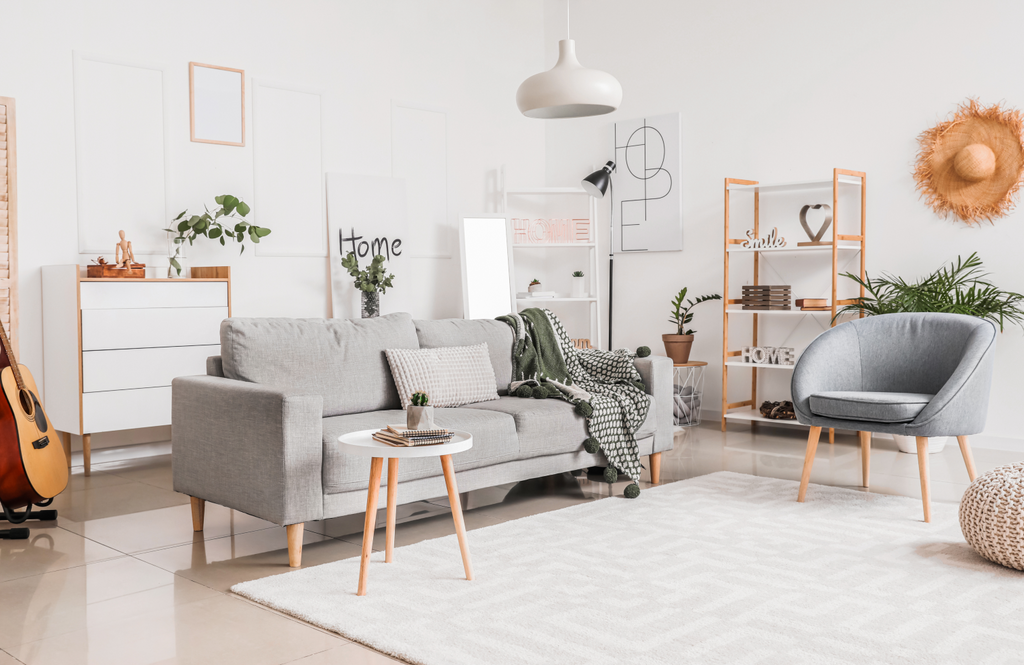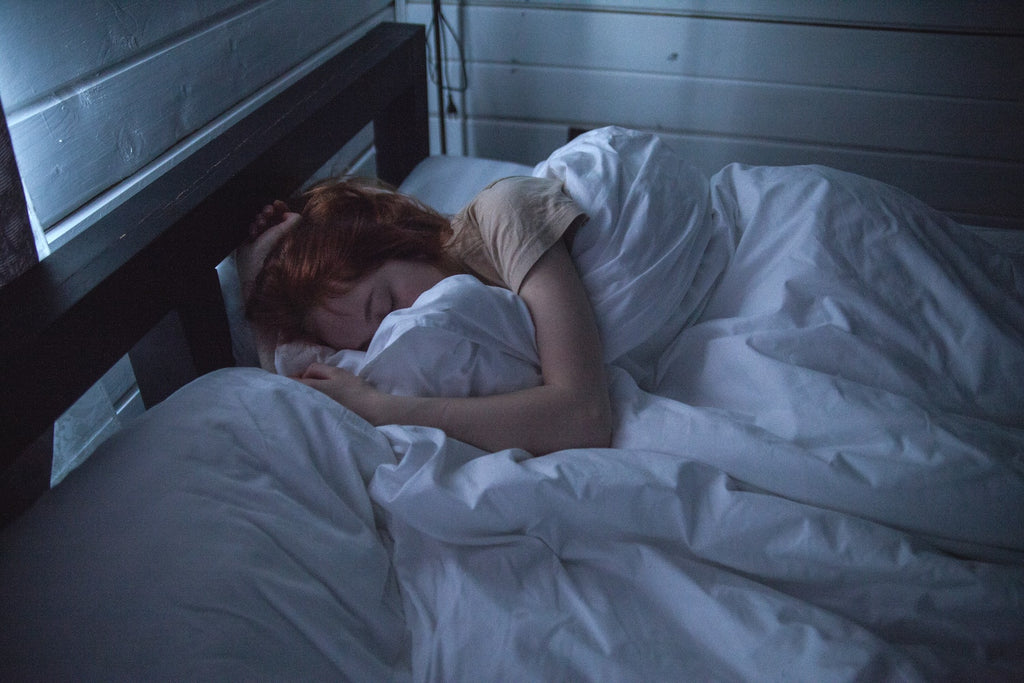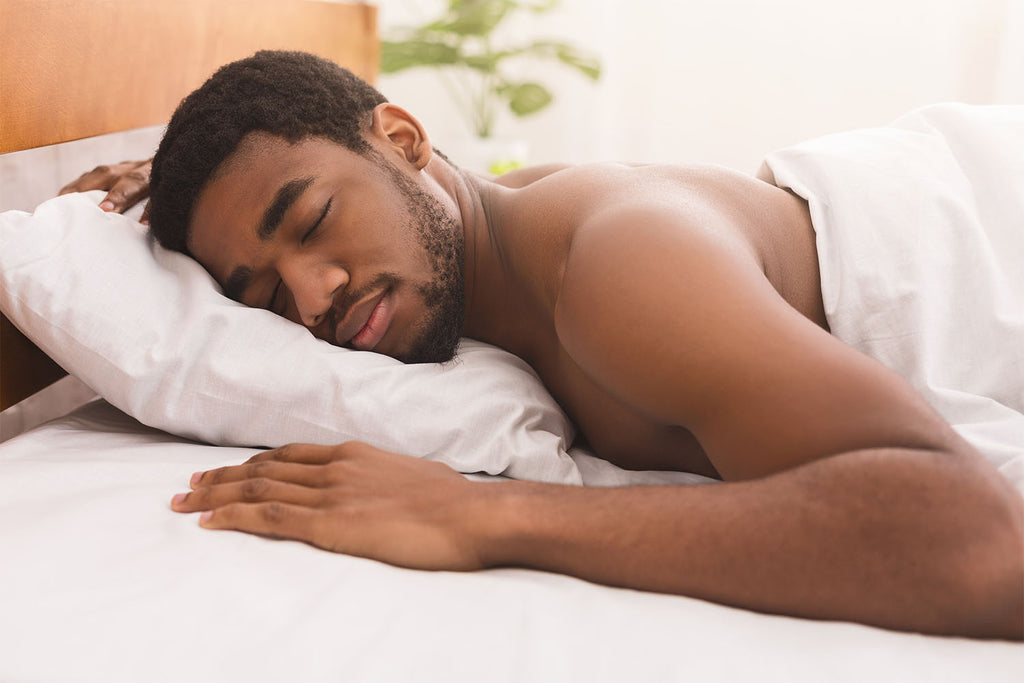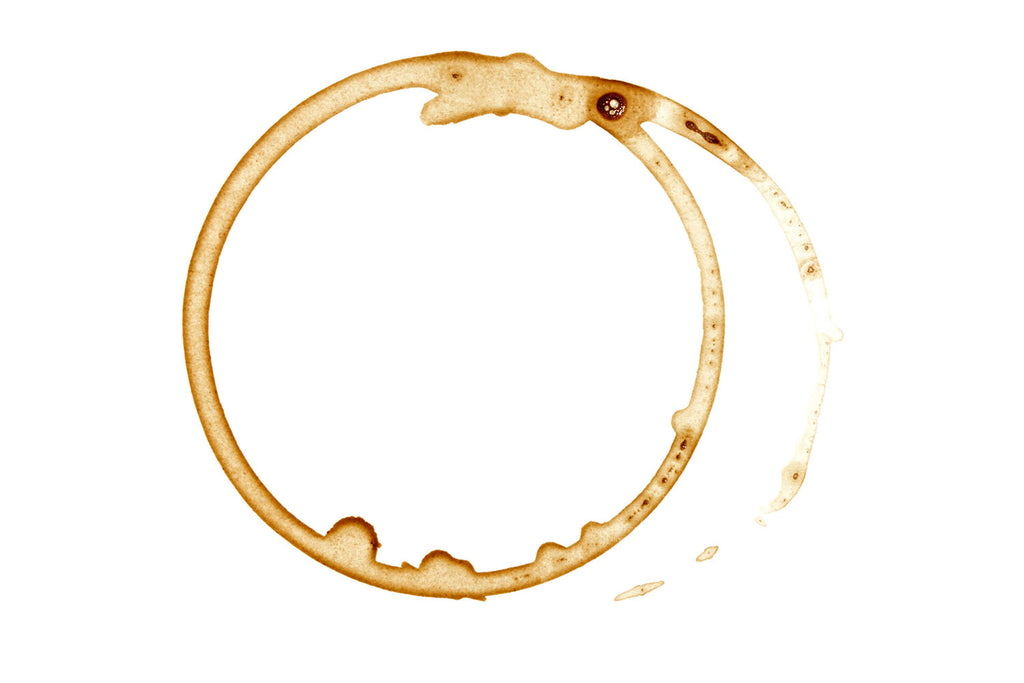
Sleeping Positions: The Good, the Bad and the Ugly

For something as simple as sleep, many of us do not get enough. The stresses of everyday life require that we get around 8 hours of sleep to be at optimal health. Lack of sleep has been linked to a number of health problems from obesity and heart disease to dementia and diabetes. The position you choose to sleep in can also have effects on getting the amount of sleep you need. Position also plays a role in snoring, heartburn and even wrinkles. I am going to highlight the good, the bad and the ugly of the three basic sleep positions.
Back:
Many doctors agree that sleeping on your back is best. Sleeping on your back keeps yours spine straight. It also allows the mattress to do its job of supporting the spine. Where most back sleepers can go wrong is using too many pillows. The perfect position for your spine involves using no pillows at all. This leave your neck in a neutral position as possible. So if you sleep on your back, minimize the amount of pillows you use.
Sleeping on your back also has cosmetic benefits. Spending all night with your face open to the air rather than smooshed in a pillows leads to fewer wrinkles.
Cons:
Snoring and sleep apnea are far more frequent when a person sleeps on their back. When we sleep gravity forces our tongue into the airway which obstructs our ability to breath and creates the snoring sound we all love.
Side:
Pros:
Whether they’re curling up in the cozy fetal position or lying straight on one side, the vast majority of people report sleeping on their sides. Doctors encourage sleeping on the left side during pregnancy because it improves circulation to the heart, which benefits both mom and baby. Side sleeping is also great for pregnant women because sleeping on the back puts pressure on the lower back (which can lead to fainting) and stomach-sleeping is impossible for obvious reasons. For those not expecting, sleeping on the left side can also ease heartburn and acid reflux, making it easier for people with these conditions to doze off.
Cons: At the same time, sleeping on the left side can put pressure on the stomach and lungs (alternating sides often can help prevent organ strain). And as almost all side-sleepers know well, this position can cause your arms to go numb. Snuggling into bed with the arm behind the head is a common sleep position, but it may adversely affect muscles and nerves. Resting the head (or the whole body) on a single arm can restrict blood flow and press down on the nerves, which results in “rubber arm” or painful pins and needles. In this position, the shoulder supports a lot of the body’s weight, which can constrict the neck and shoulder muscles .
Stomach:
Pros:
Stomach sleeping eases snoring and some cases of sleep apnea, but that’s pretty much the only good thing about going belly-down at night.
Cons:
Resting on your stomach is widely regarded as the worst sleeping position. It flattens the natural curve of the spine, which can lead to lower back pain. Sleeping all night with the head turned to one side also strains the neck. If this is the preferred position, try using pillows to gradually train the body to sleep on one side. Lower back twinges? Try sticking a pillow under the hips and lower abdomen to give the bottom of the spine a boost.




